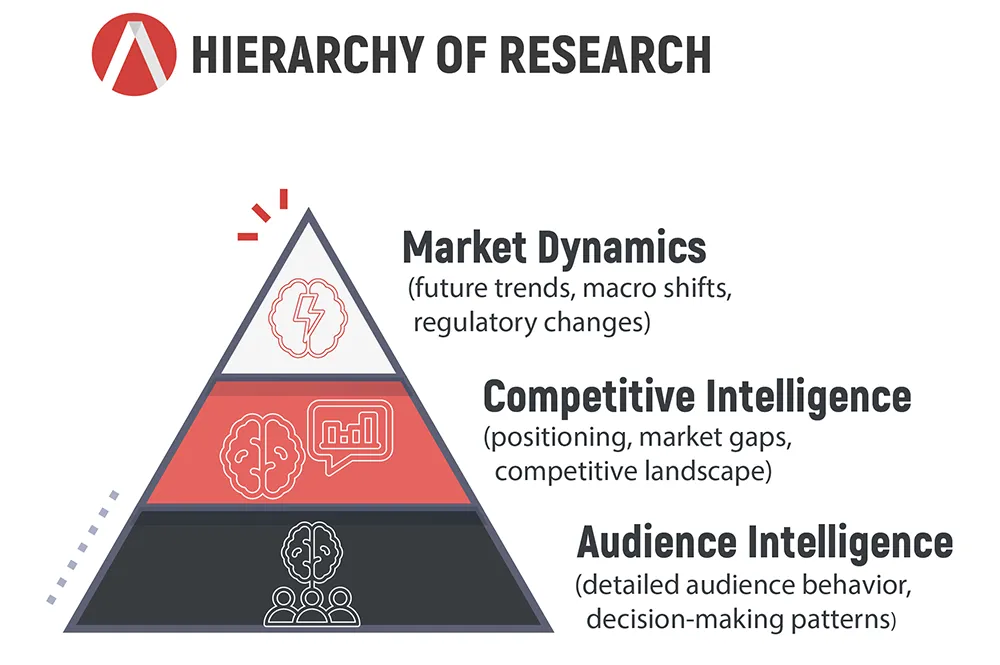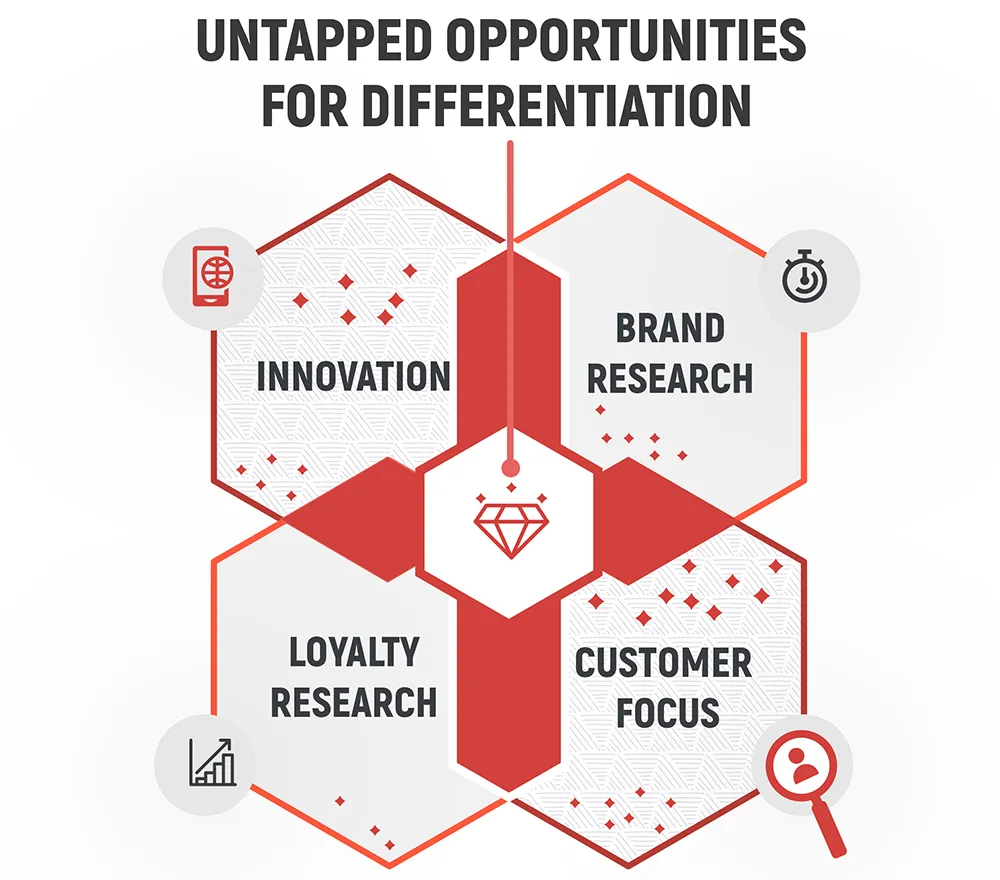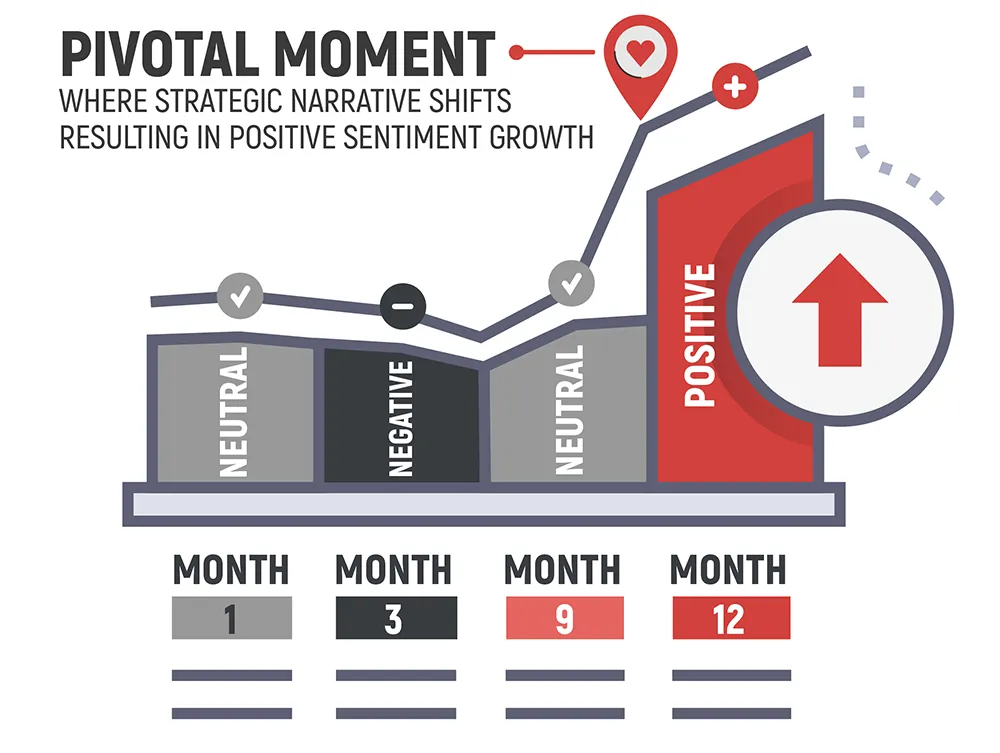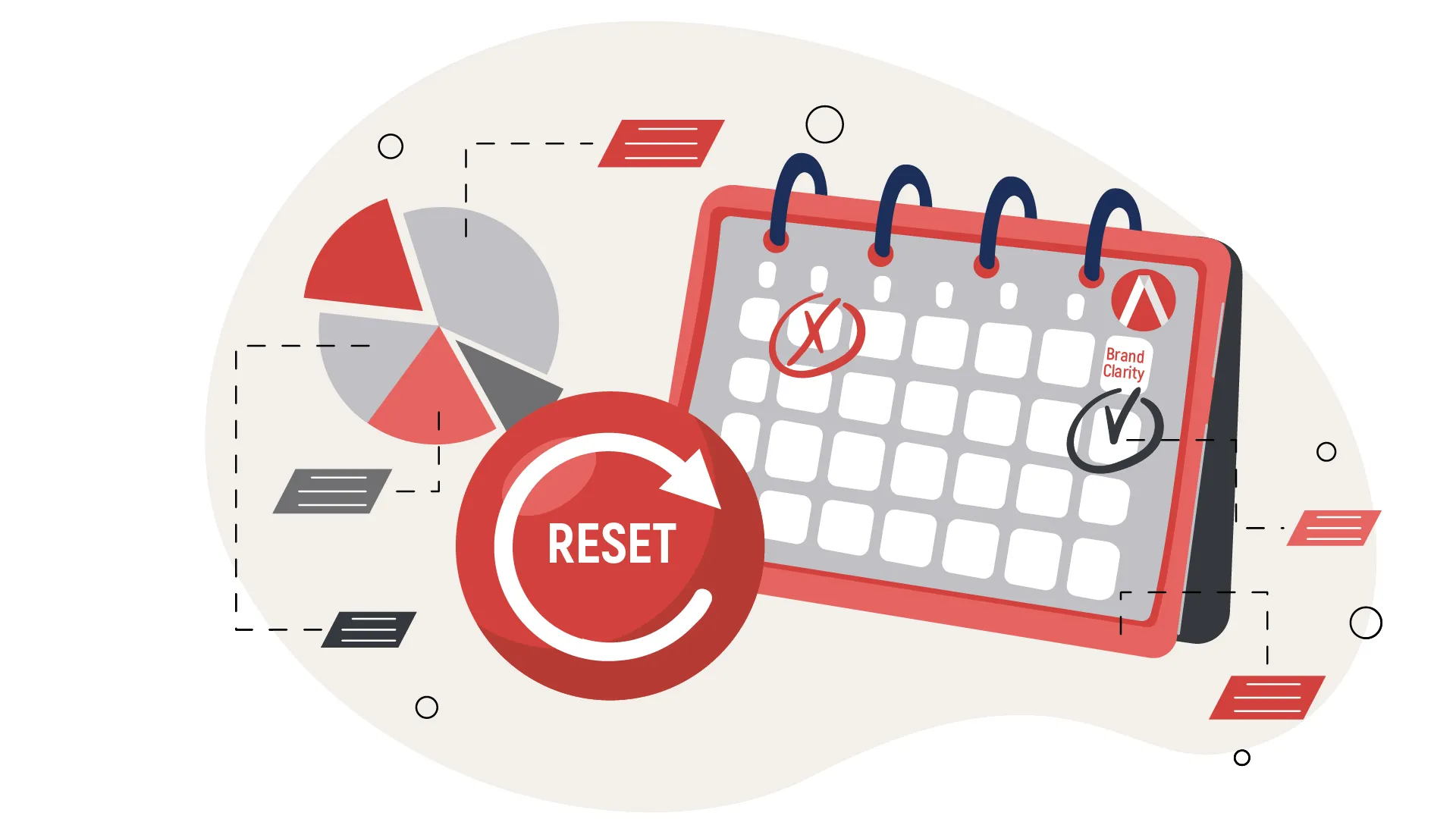Key Takeaways:
- A robust communications strategy is founded on comprehensive, data-driven research that informs not just the “what” but the “why” behind strategic decisions.
- Audience segmentation, competitive differentiation, and market foresight are indispensable in crafting narratives that resonate and elevate a brand above the noise.
- Precision in both qualitative and quantitative research allows organizations to anticipate shifts, mitigate risks, and capitalize on emerging opportunities.
- Continuous, iterative research is essential to ensuring that communication strategies remain aligned with an evolving business landscape.
A Strategic Necessity: Research as the Foundation of Communications Excellence
For leaders guiding organizations through complex, dynamic markets, communications strategies must go far beyond mere messaging. They must serve as the connective tissue between a brand’s objectives and the sophisticated ecosystems in which they operate. In essence, communications strategy is the narrative arc that drives organizational relevance, differentiation, and growth. At the core of any high-impact strategy is not intuition or assumption, but rigorous, multi-faceted research.
A high-level communications approach demands research that is not just thorough but anticipatory—foreseeing trends, decoding competitor moves, and aligning messaging with both immediate and long-term business objectives. For those at the helm—CMOs, CEOs, and entrepreneurs—the ability to extract actionable insights from research sets the stage for strategies that do more than react; they lead.
Types of Marketing Research to Consider:
1. Primary vs. Secondary Research
- Primary Research: Involves gathering new data firsthand, either through direct interaction with participants or through experiments. This research is specific to the marketer’s needs. Methods include surveys, interviews, focus groups, observations, experiments, etc.
- Secondary Research: Involves analyzing existing data that was collected for other purposes. It is less expensive but may not be as targeted or specific. Sources include industry reports, government publications, academic papers, and existing datasets.
2. Qualitative vs. Quantitative Research
- Qualitative Research: Focuses on understanding consumer behavior, emotions, and motivations. It provides deep insights but is not statistically measurable. Methods include focus groups, in-depth interviews, ethnographic studies, open-ended survey questions.
- Quantitative Research: Aims to measure and quantify behavior or opinions using statistical techniques. It typically involves larger sample sizes and structured data collection. Methods include online surveys, telephone polls, questionnaires, and structured observations.
3. Exploratory, Descriptive, and Causal Research
- Exploratory Research: Used to gather preliminary information to help define a problem or develop hypotheses. It is generally qualitative in nature. Examples are focus groups to explore new product ideas.
- Descriptive Research: Aimed at describing characteristics of a population or phenomenon, such as market segmentation or customer satisfaction levels. It often uses quantitative methods. An example is surveys measuring consumer preferences for a brand.
- Causal Research: Seeks to identify cause-and-effect relationships between variables, often using experiments or testing different conditions. An example would be A/B testing to measure the impact of different marketing campaigns on sales.
Additionally, other data-gathering tools at your disposal include market segmentation research product research, competitive research, customer satisfaction and loyalty research, brand research, advertising and promotion research, and sales forecasting research.
Audience Intelligence: From Surface to Subtext
High-caliber communications strategies start with a nuanced understanding of the target audience. This goes beyond superficial demographics to uncover deep behavioral drivers, preferences, and decision-making frameworks. At the strategic level, the audience isn’t merely segmented; it’s deconstructed to understand not just what they value, but why those values shape their behaviors.
Strategic Context: Rather than relying on legacy persona models, a sophisticated approach leverages behavioral data, psychographic analysis, and even real-time engagement metrics to map out decision-making ecosystems. In complex industries—like healthcare or SaaS—where purchasing committees span multiple stakeholders with varying priorities, it’s critical to tailor communications to align with the specific triggers and pain points of each decision-maker.
At Avocet, we execute multi-layered audience research methodologies for a PR-focused strategies that enabled our clients to engage with granularity. For a leading SaaS company, our audience analysis revealed they were missing critical engagement opportunities with a more complex and broad audience. By realigning the messaging to address both technical superiority and ROI, we helped our client significantly accelerate deal closure rates.

Competitive Landscape Analysis: Insights Beyond the Obvious

In today’s hyper-competitive markets, understanding your competitive environment requires more than a checklist of your rivals’ offerings. It demands insight into how competitors are positioning themselves in the marketplace and, more critically, where they are vulnerable. True competitive advantage lies not in copying best practices, but in exploiting market gaps and identifying unclaimed positioning territory.
Strategic Context: Market leaders don’t emulate—they innovate by anticipating competitors’ next moves. Sophisticated research analyzes competitors’ brand narratives, value propositions, and customer loyalty metrics to uncover latent opportunities. At Avocet, we employ deep-dive competitor intelligence that goes beyond what’s visible on the surface. For a retail client, our analysis revealed that competitors were reaching a critical segment of sustainability-conscious consumers. By positioning our client as a leader in eco-responsibility and amplifying this narrative through targeted media channels, we established an enduring competitive edge that resonated with customers..
Market Dynamics: Anticipating Change, Not Reacting to It
Strategic communications must be anchored in a deep understanding of macroeconomic and industry-specific trends. But more than that, successful communications anticipate where the market is headed, allowing organizations to position themselves as thought leaders and first movers.
Strategic Context: High-level market research delves into emerging technologies, shifts in regulatory environments, and evolving consumer expectations. A communications strategy that aligns with these trends—and is agile enough to pivot as new data emerges—enables companies to future-proof their brand narratives.
We recently helped an aerospace client navigate the complexities of a rapidly evolving regulatory landscape. By aligning their communications strategy with anticipated legislative changes, we not only positioned them as an industry leader but also helped them capture significant market share by pre-emptively addressing concerns that hadn’t yet reached their competitors’ radars.
Sentiment Analysis and Narrative Adaptation: Shaping Perception with Precision

In an era where brands are defined by public sentiment as much as by product offerings, sentiment analysis is not a luxury but a necessity. The key isn’t just measuring what audiences are saying but understanding the subtext and emotional drivers behind their perceptions. Sentiment data, when correctly interpreted, allows brands to craft narratives that not only resonate but also evolve in response to public discourse.
Strategic Context: Sentiment analysis offers more than just a pulse on public opinion—it’s an invaluable tool in shaping and re-shaping brand narratives to align with market expectations. For one of our nonprofit clients, Avocet utilized sentiment analysis to pivot messaging that was initially perceived as urgent and high-pressure to a more hope-driven, community-oriented narrative. This subtle yet impactful shift strengthened donor relationships and increased engagement during high-peak giving months.
Avocet’s Approach: Elevating Research to Strategic Insights
At Avocet, research isn’t a checkbox on the path to strategy—it’s the engine that powers our client partnerships. Our approach goes beyond data collection to synthesize insights that inform bold, innovative, and strategically sound communications strategies. We understand that in a competitive landscape, it’s the quality of your insights—not just the quantity—that defines success.
We believe that research is both art and science. The art lies in interpreting data with a deep understanding of the client’s vision, market trajectory, and business objectives. The science is in leveraging advanced methodologies to gather the intelligence needed to inform every strategic decision. From sentiment analysis to audience mapping, from market forecasting to competitive intelligence—our research approach is designed to uncover opportunities that drive meaningful impact.
Insights to Challenge Your Thinking
- Are you consistently evolving your communications strategy in line with shifts in audience behavior and market conditions?
- How well does your current research framework anticipate future competitor and industry changes, rather than just react to them?
- What hidden opportunities could sentiment analysis reveal about your brand’s public perception?
- Are you capitalizing on gaps in your competitors’ narratives to differentiate your brand?
Strategic marketing is about transforming data into high-impact communications strategies that drive business outcomes. Reach out to learn how Avocet can partner with you to craft a strategy that not only responds to today’s market challenges but anticipates tomorrow’s opportunities.






